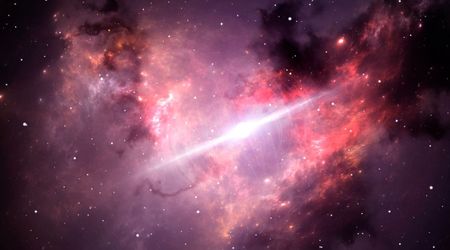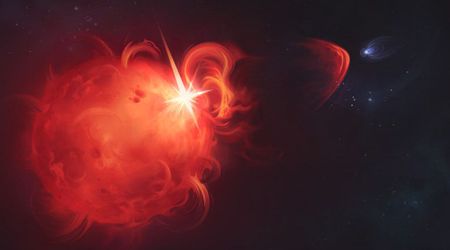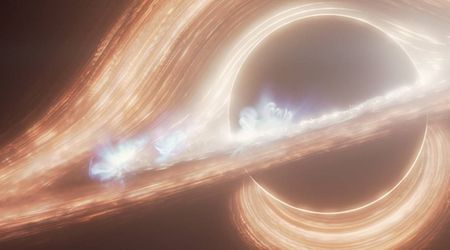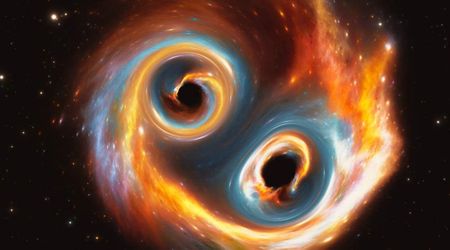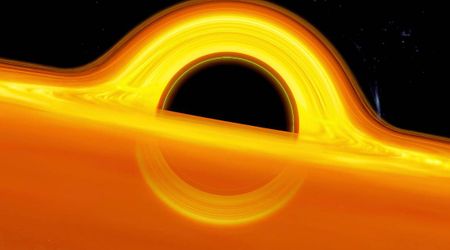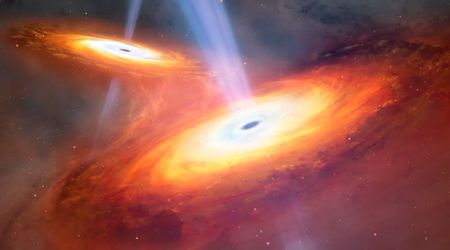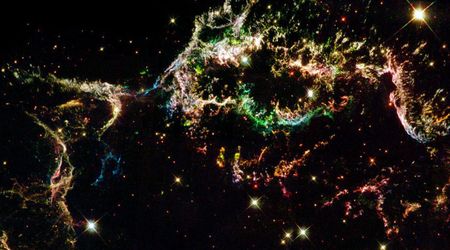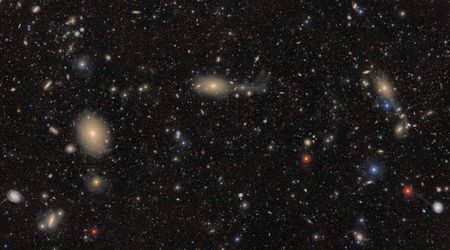Scientists detect a subtle 'hum' in spacetime from two rare black hole mergers
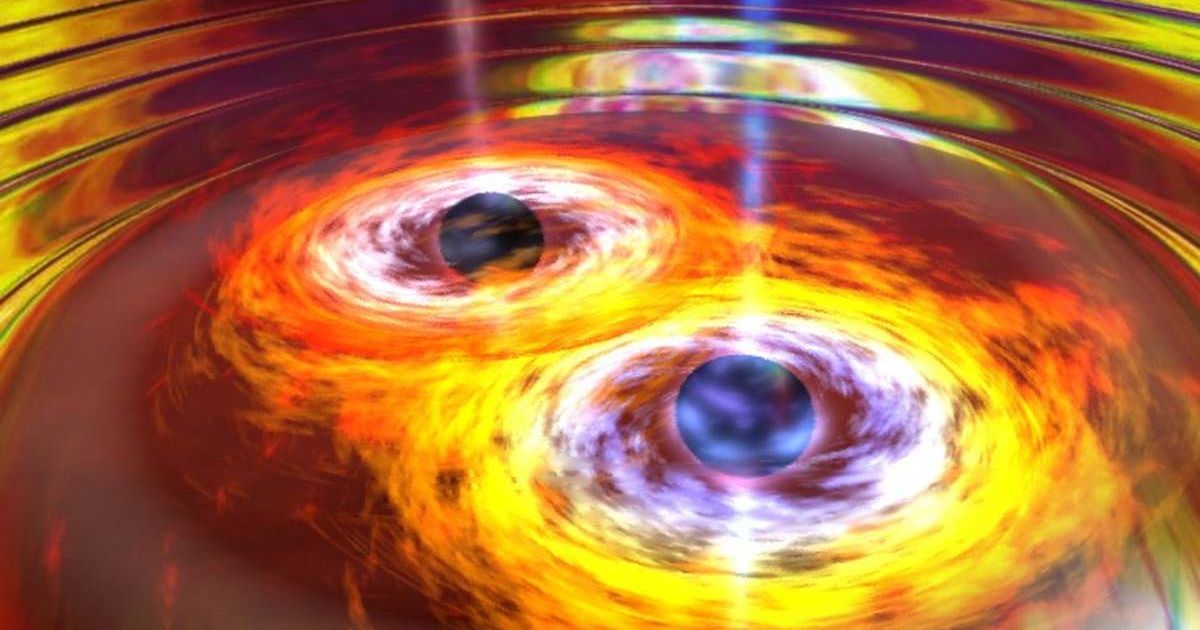
The international LIGO-Virgo-KAGRA Collaboration has announced the landmark detection of two recent gravitational wave events, offering profound, first-of-their-kind insights into the chaotic life cycles of black holes. The observations, detailed in a new paper in The Astrophysical Journal Letters, confirm the existence of rare binary systems and provide fresh evidence that some black holes are "second-generation," born from the mergers of their predecessors.
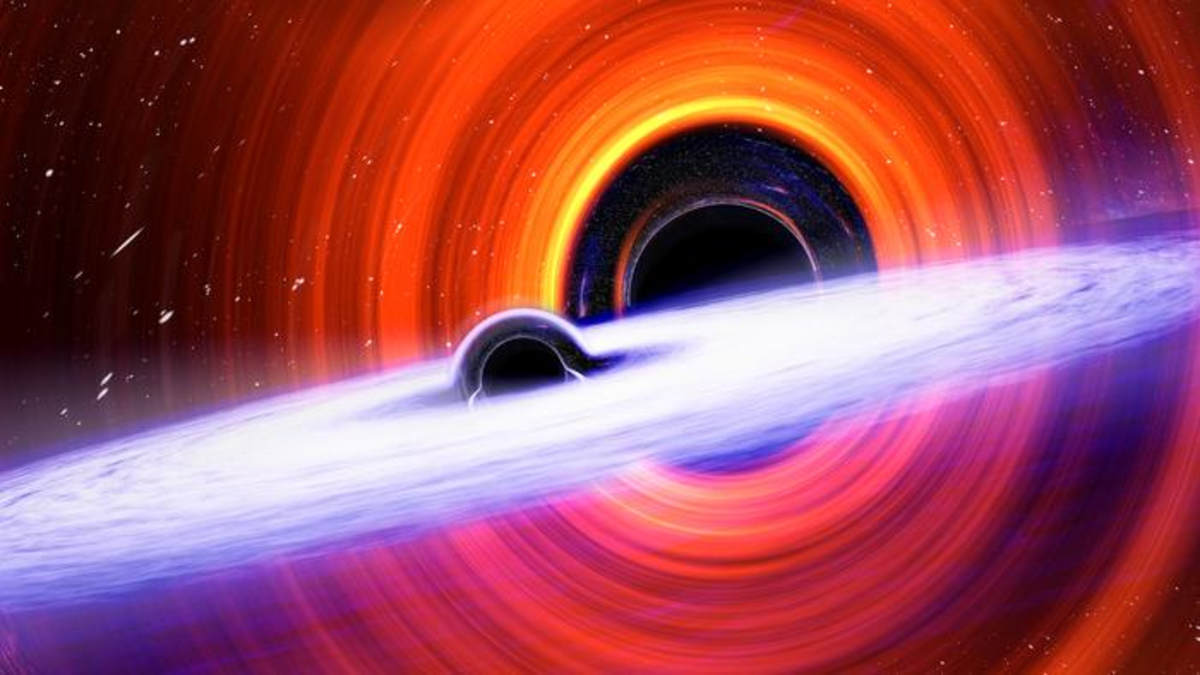
The first event, GW241011, was heard on October 11, 2024, approximately 700 million light-years away, according to EurekAlert. It involved the collision of two black holes, weighing in at 17 and 7 solar masses, with the larger spinning at one of the fastest rates ever measured. Scientists note that the size disparity between the two black holes suggests a highly unusual formation process
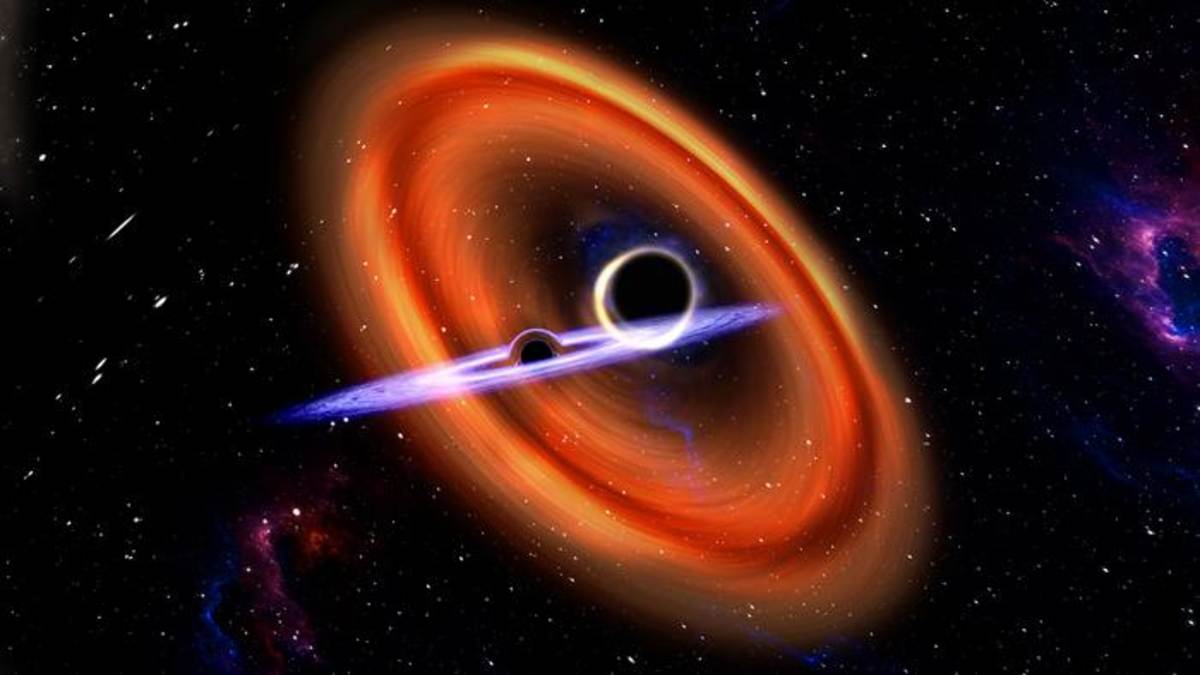
Less than a month later, on November 10, 2024, the network registered GW241110 from a staggering 2.4 billion light-years away. This merger, involving black holes roughly 16 and 8 times the mass of the Sun, delivered a genuinely unprecedented observation: the primary black hole was spinning in the direction opposite to its orbital path. This "counter-rotation" marks a significant discovery, challenging existing models of cosmic evolution.
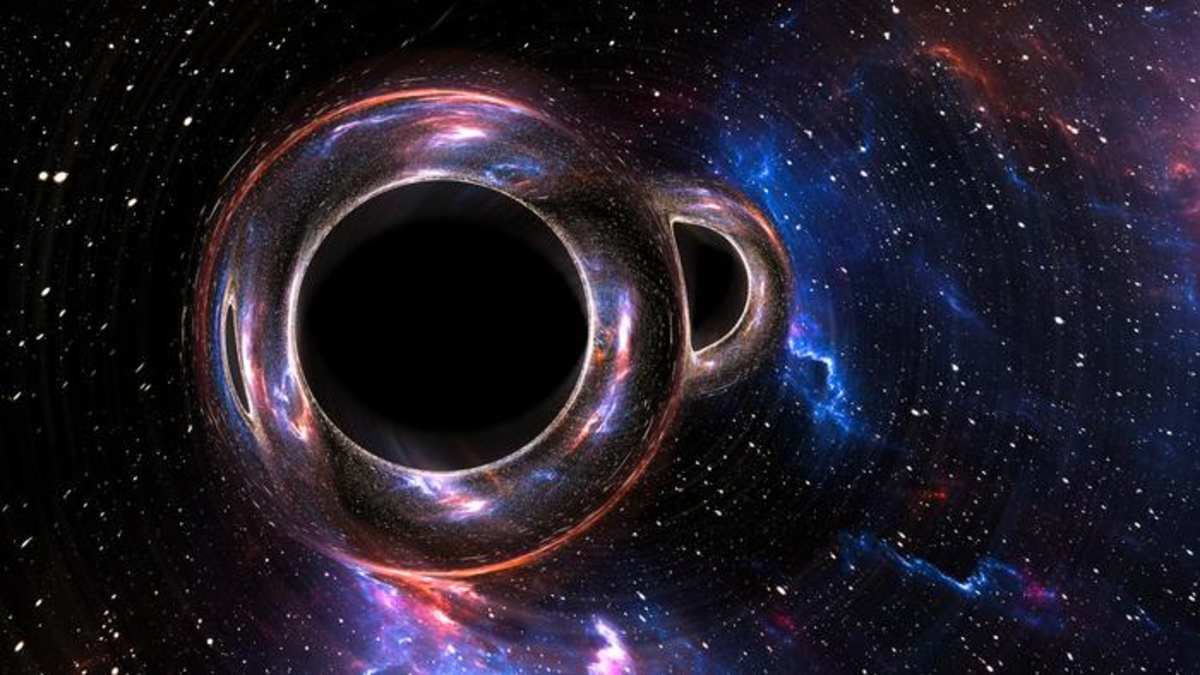
The distinct characteristics of both mergers, particularly the significant mass difference and the unusual spin configurations, suggest a phenomenon known as hierarchical merging. These events "are among the most novel events among the several hundred that the LIGO-Virgo-KAGRA network has observed,” said Stephen Fairhurst, spokesperson for the LIGO Scientific Collaboration. "They provide tantalizing evidence that these black holes were formed from previous black hole mergers." The finding suggests that these systems likely formed in dense cosmic environments, such as star clusters, where repeated collisions are more common.
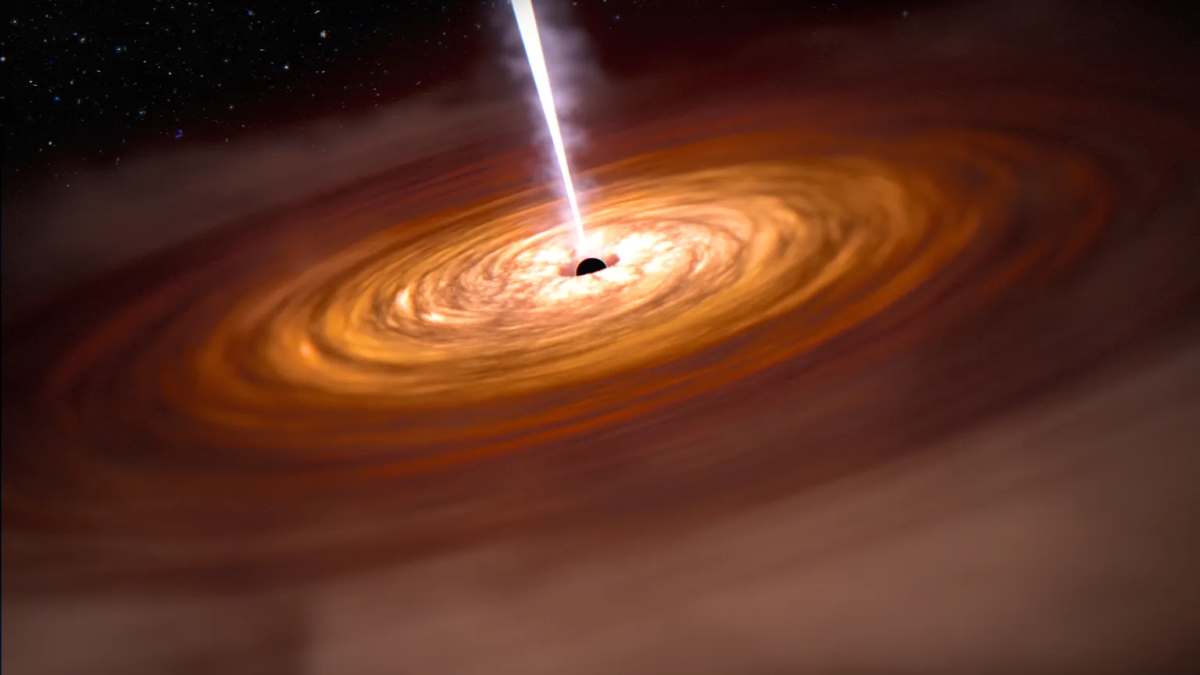
Beyond the new astrophysical understanding, the precision of the GW241011 measurement allowed scientists to test Albert Einstein’s General Theory of Relativity under extreme conditions. The analysis confirmed the long-standing theoretical prediction for rotating black holes and verified Einstein's theory with unprecedented accuracy. The signal also contained the faint "hum" of a higher harmonic, the cosmic equivalent of a musical overtone, seen only for the third time ever, further confirming theoretical predictions. Furthermore, the rapid rotation of the black hole in GW241011 has implications for particle physics. The event helped rule out a wide range of masses for ultralight bosons, hypothetical particles that some theories predict could draw energy from a black hole's rotation.
“The unusual spin configurations observed in GW241011 and GW241110 not only challenge our understanding of black hole formation but also offer compelling evidence for hierarchical mergers in dense cosmic environments," said Gianluca Gemme, spokesperson of the Virgo Collaboration. "These discoveries underscore the importance of international collaboration in unveiling the most elusive phenomena in the universe.”
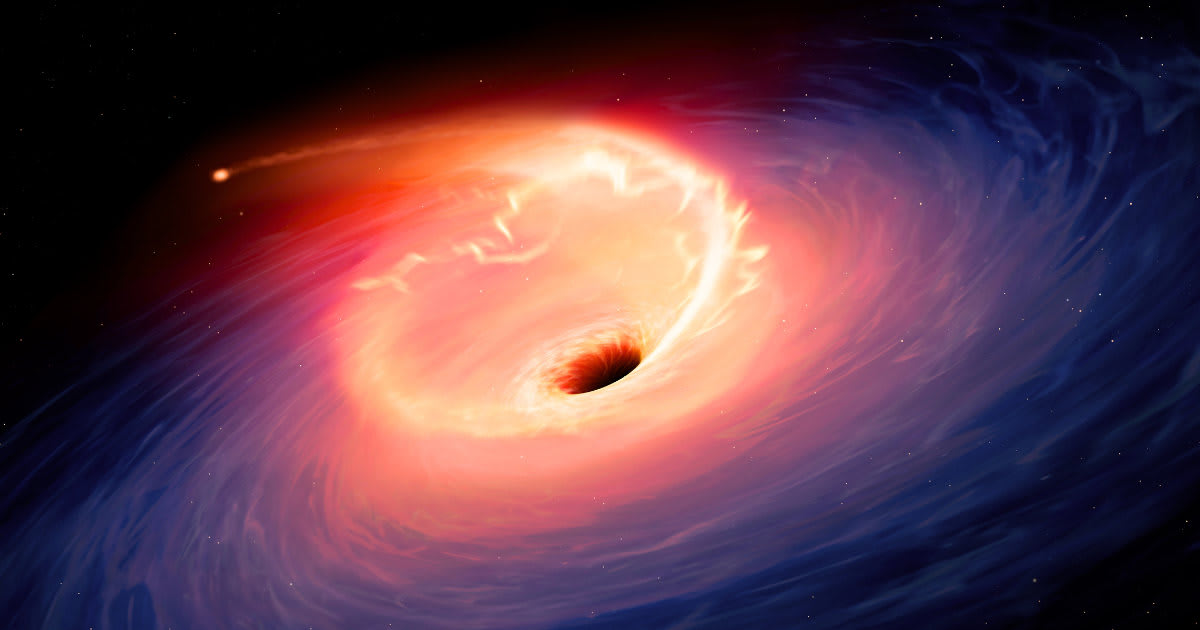
This ongoing research continues to reshape our understanding of cosmic evolution and the fundamental physics governing the universe's most cataclysmic events. As the LIGO-Virgo-KAGRA collaboration continues its observations, scientists expect to unlock even more of the universe's most closely guarded secrets.
More on Starlust
Hear the sound of a dying star with the sonification of Crab Nebula's Pulsar heart
